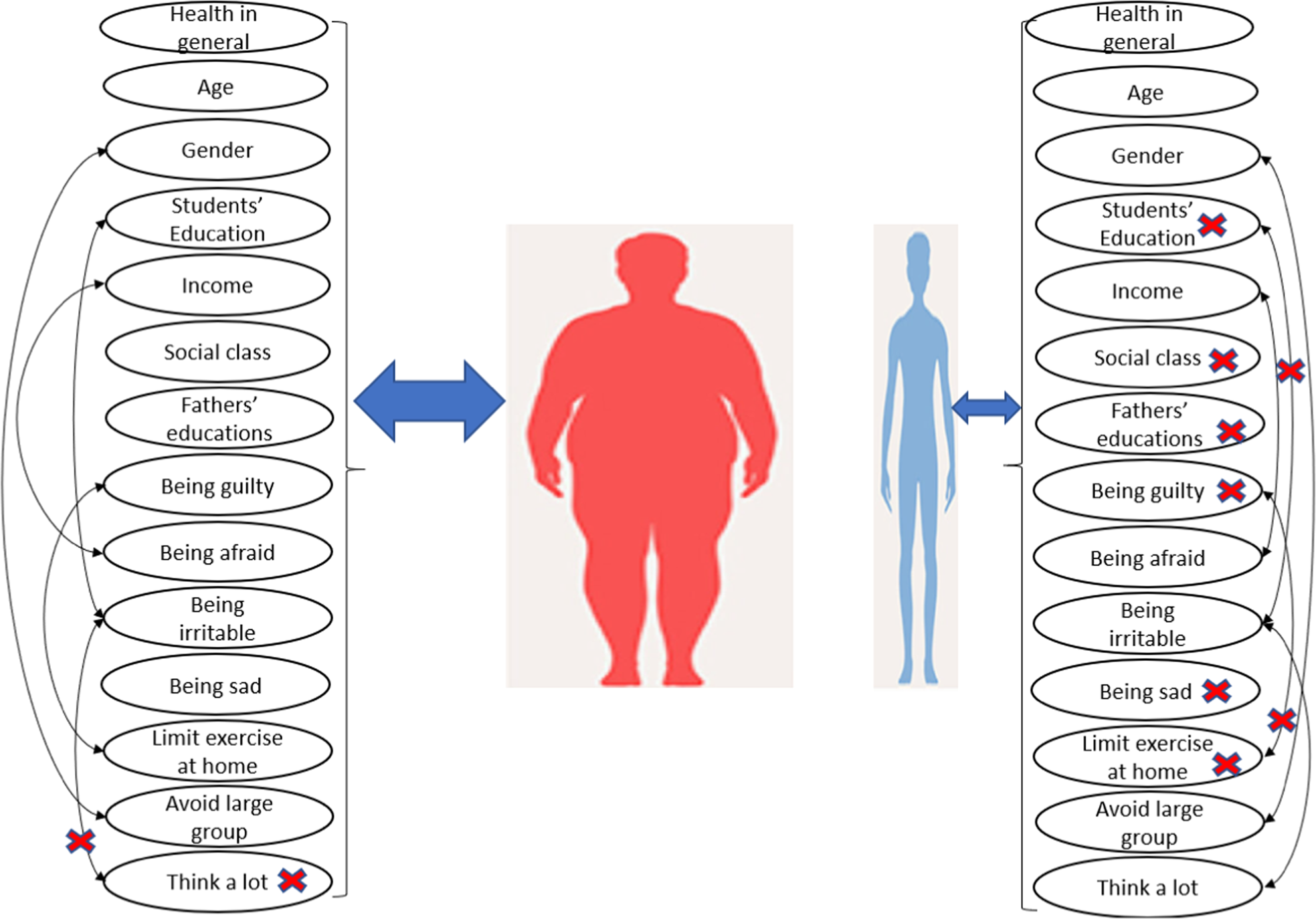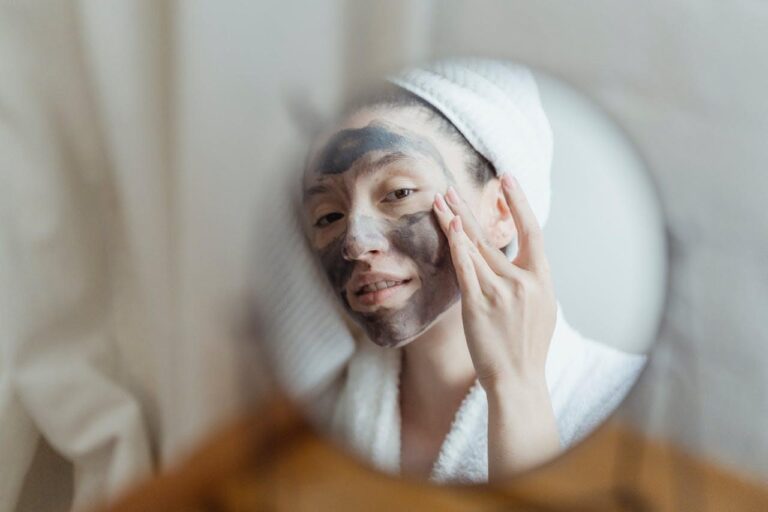
The COVID-19 virus outbreak continues The use of isolation gown is increasing in popularity among the general population. These gowns are part of the personal protection apparatus (PPE). At this point in the pandemic, demand for gowns from public is also growing. Because the virus’ spread is increasing the risk of. This provides us with more reasons to look for simple solutions to combat the disease. The use of isolation gowns can help individuals to safeguard themselves.
Table of Contents
What Are Isolation Gowns?
An isolation gown shields the frontline caregivers from the penetration of fluids and infective droplets. It also assists in stopping microorganisms from spreading to patients who are immune-deficient.
Surgical Gowns vs Isolation Gowns
Surgical gown: Any level in risk (Levels 1 to 4) is covered with surgical gowns. A surgical gown serves as a protection garment that is worn by healthcare workers during surgery to safeguard patients and personnel from the possibility of transmission of microorganisms, fluids or particles. The surgical gowns should be marked with the words “surgical gowns”.
- Surgical Isolation Gowns
Surgical isolation gowns are utilized for situations with a medium to high chance of contamination. For gowns for surgical isolation, it is necessary for more critical zones than traditional gowns. The entire surgical isolation gown, with the exception of (bindings and cuffs) as well as the hems) are considered to be critical zones of protection. They have the highest barrier of liquid protection in the garment. All seams should be secured too.
- Non-Surgical Dress
Non-surgical gowns are worn to shield the wearer from the transfer of microorganisms as well as body fluids during low or low risk isolation of patients. If there is a moderate and high danger of contamination non-surgical gowns should not be worn during surgical procedures or or other invasive procedures. Non-surgical gowns are similar to surgical isolation gowns.
Things to Evaluate When Choosing an Isolation Gown
The Centers for Disease Control (CDC) recommends that you think about three factors when selecting gowns for medical settings.
- Purpose
- Who will wear the dress?
- In what environment are they?
- What are the potential kinds of risks?
If you can answer those questions, you will know the type of isolation gown you will require.
- Materials – What materials are isolation gowns made from?
Isolation gowns that are disposable can be constructed from polypropylene or polyethylene.
Reusable isolation garments are made out of synthetic or cotton like poly-cotton and poly-cotton mix. They are also latex-free.

- Risk Level
The level of risk in the surroundings and the kind of exposure expected determines the kind of isolation gowns you must wear. For instance when you are in a low risk environment (like blood draws) medical professionals requires an AAMI Level 2 gown.
How To Choose The Right Isolation Gown?
According to COVID-19 resource of the CDC, choosing the appropriate level of isolation gown is based on the level of protection required for the situation.
- Patients
For patients who have probable or verified cases of COVID-19 make sure to use disposable, non-sterile isolation gowns? They are commonly used to treat patients on a regular basis in health care setting.
- Medical Professionals
For medical professionals engaged in activities in which the risk of exposure to bodily fluids is minimal or low gowns with low or minimal risk barriers to protection (ANSI/AAMI Level 1 or Level 2) Level 1, (or Level 2) are used. For situations that involve moderate to high-risk levels of contamination are required and the require an extensive critical zone isolation gowns with medium to very high barriers (ANSI/AAMI the PB70 Level 3 or Level 4) are suitable.
The companies may advertise various product names when providing isolation garments. It is crucial to think about the intended purpose and function of the item, and also the level of protection it gives. You can select the appropriate isolation gown by examining the description and the packaging.


:max_bytes(150000):strip_icc()/hypersexuality-f7219c0faf93488b82402d4f9d20e454.jpg)


